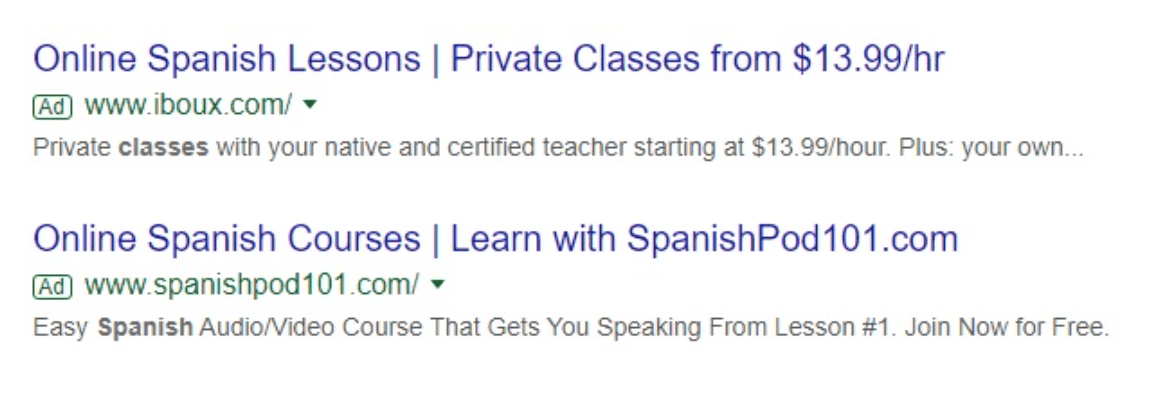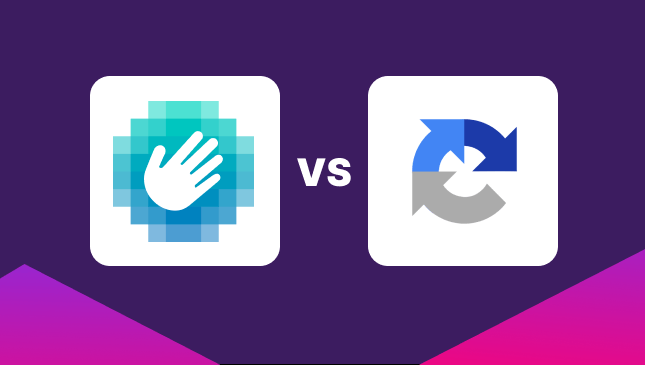9 Tips to Help Improve Your Click Through Rate (CTR)
Oli Lynch
|Marketing | August 03, 2022

If you’re spending all that money on Google Ads (previously known as Adwords), you want to be sure that you’re going to get a good conversion rate. After all, those ad clicks don’t come cheap! There are some techniques that you can use to improve CTR on your Google Ads and other PPC campaigns.
In this article, we’ll take a look at some techniques proven to deliver good results when improving CTR. Most of them simply come down to well-written ads and a few clever little uses of urgency. But there are a few other factors in play, too, including using Google’s own tools.
Before we start looking at how to improve CTR on your campaigns, there are a few things that you need to take care of on your site.
- Consider creating a good landing page for each ad campaign or at least for specific product ranges
- Understand what type of bidding strategy you’re using and how that can affect your CTR.
- Research your target audience and try to understand what they’re searching for at specific stages of their journey
- Understand your funnel and how you can bring leads in and nurture them to conversion. Use multiple strategies, including organic traffic and social media.
If you want to know more about click-through rates (CTR) or PPC bidding strategies, you’ll find lots of information on our CHEQ blog.
But we’re going to help you get more conversions right here with our top tips to improve CTR on your paid ads.
What is CTR?
The click-through rate, or CTR, is the number of times your ad is clicked on against the number of times it is viewed. For example, if your ad shows up in results 10,000 times and has 250 clicks, that is a CTR of 2.5%.
The average CTR for a Google Ads PPC campaign is around 2%, so if you’re above that, you’re doing well.
If you’re looking at anything below 2%, then, of course, there is room for improvement. And these tips to help you improve your CTR should help you fix that!
Does it matter what bidding strategy I use?
In short, no, not really. Your bidding strategy is more determined by your budget and your marketing goals.
However, not all PPC campaigns are focused on conversions. For example, if you’re running a brand awareness drive, such as with a CPM campaign, you may not need to focus so much on your call to action, or CTA.
The standard PPC campaigns available in Google Ads and Microsoft Ads/Bing include:
- Cost per click
- Cost per acquisition (or conversion)
- Cost per mille (per thousand impressions)
There is a whole other world of options when it comes to video ads, most of which focus on the CPM, or cost per impressions model.
But we’ll look now at some of the key tips to help you improve your click-through rate on ads in search results.
How to improve click-through rates
1. Know your audience
You cannot underestimate how important your audience research is when it comes to targeting your target audience. If you know your ideal customer persona or at least your demographic, half the work is done for you.
How so?
If you’ve done your research right, you’ll know key factors such as:
- Understanding how their language and search intent align – for example, what terms they search for at different stages of the journey
- Are they more likely to search from mobile or desktop?
- What is most likely to make them buy?
- The time of day or year that they are most likely to search for your service
- Which social media might they also be using (ideal for retargeting them)
Although many of these might seem obvious to you, the language may not be particularly specialised in some instances. But having your target personas and demographic research should always be the first step before optimising your content for CTR.
Find out more in this guide to audience research.
2. Use a strong call to action (CTA)
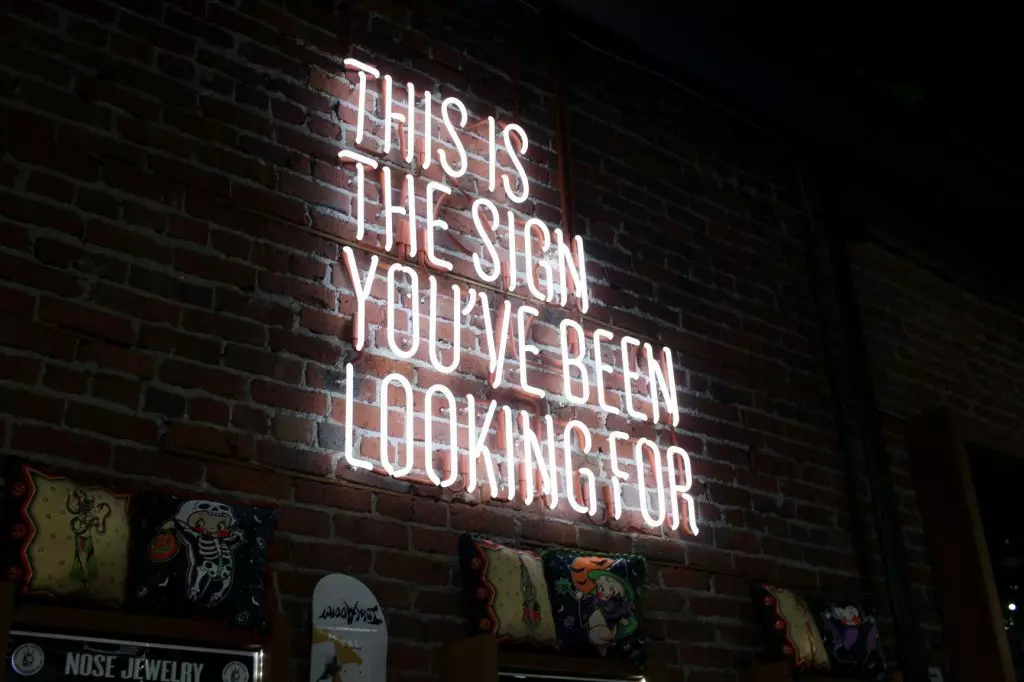
When running Google Ads campaigns, don’t be afraid to use that call to action. Some people think it’s cheesy or unnecessary, but the truth is consumers expect a CTA in the ad copy.
With a CTA, it also makes it clear what you expect people to do with your ad. Some examples of good CTAs are:
- Sign up now
- Get a free quote
- Download your free copy
- Join today
- Learn more
There are a few words in the English language that have a peculiar effect on the reader and can be very effective carrots in closing a sale. These are known as power words, and using some of these in your CTA can’t harm you, only benefit.
Examples of power words to use in your ad copy are:
- You
- Now
- Free
- New
- Increase
- Offer
- Easy
- Bargain
- Hurry
Now, you definitely shouldn’t use all of them in one CTA, but one or two could make a very persuasive case for the viewer to click your ad.
The simple way to remember how to use power words is to focus on your customer (more YOU, less us) and to focus on the benefits of the product (fast, free, easy, quality, etc.).
Of course, your CTA comes at the end of a compelling sales pitch. Talking of which…
3. Improve your ad copy
When it comes to improving your click-through rates, you want an ad copy that attracts people. Obviously, right? There is no getting around it; your copy is probably the biggest driver of an effective CTR. But, it is very easy to do your content badly.
Let’s look at some examples. I ran a search for ‘hotels,’ which returned the following result (I’m in Spain, so one of the results is in Spanish).
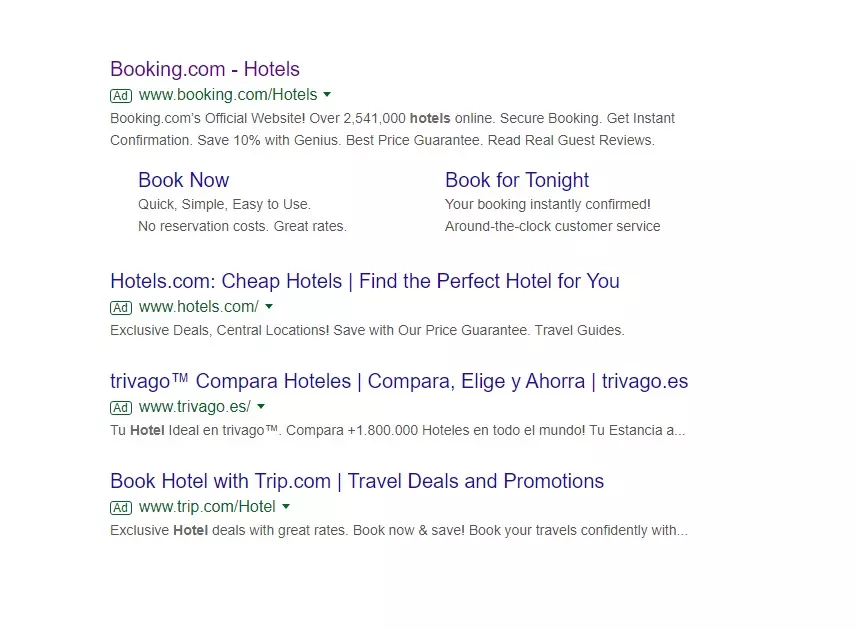
The top result, Booking.com, although it might be probably the best known of all the companies on the list, has a very wordy ad.
As a pro copywriter, I’d drop words like ‘Get’ from instant confirmation or ‘Read’ from real guest reviews. There’s also a long number in there that just doesn’t read if you scan the ad, so that’s a wasted word count right there.
By comparison, the second result, Hotels.com, is succinct and hits a couple of power word sweet spots.
“Find the perfect hotel for you”
You might remember that the word ‘you’ is a powerful word for conversions and a good one to use in any CTA.
If you’re trying to improve your CTA, look at the words you’re using and how your ad scans. People don’t sit there and read a whole ad. They cherry-pick the information they need. You don’t need to read ‘Over 2,541,000 hotels’ (What even… Is that 254 million? No, 2 million..?). Just say, ‘Choose from millions.’
One more example of a great CTA…
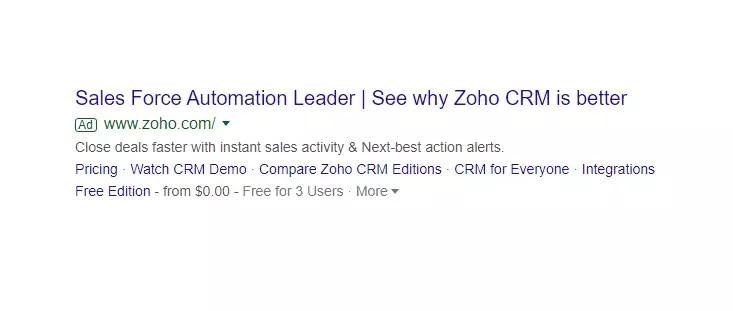
After searching for ‘Salesforce,’ this result for Zoho comes up.
They’ve done a couple of clever things in there. They’ve used some power words, including ‘leader’ and ‘better.’ But they’ve also used the name of the competitor in explaining what they do. Then, their copy is short, sweet, and tells you everything you need to know in 0.05 of a second.
Sign me up!
BONUS: Capitalize the first letters
Run a search for pretty much anything, and you’ll notice that all the PPC ads have the first letters of almost every word capitalised. The reason is it’s so much easier to scan and read.
Compare the visual impact of these two PPC ads:
The second ad, for SpanishPod101, jumps out at you and is much easier to read and scan. Note that they’ve also managed to get all their content into one line and get their message across. Which one would you choose?
4. Use ad extensions
If you’ve not heard of ad extensions, you might find these a nice way to give your ad that extra oomph. These little extras can add some extra weight to your PPC ad with additional information about features such as customer reviews, location, average prices, and even little incentive points like ‘24/7 callout’ or ‘free delivery.’
So, how do you use these extensions?
Well, it is in Google’s interests for you to get more ad engagement, and these little add-ons do help. So Google sometimes adds relevant extensions to the end of your PPC search engine result, normally phone numbers or web links.
You can also add manual extensions to your PPC ad, which you can do when setting up your campaign. The options for additional extensions in Google Ads are:
- Location
- Affiliate (other branches) locations
- Callout extensions (those ‘free delivery’ type endings)
- Call extensions, i.e., phone number
- Message
- Sitelink – taking visitors to a specific page
- Price highlights
- App extensions – linking directly to your app
These are all free to use and can really help improve your click-through rate. Although you do pay for clicks on your ad as normal, clicks on some features, such as seller ratings, don’t count toward your PPC budget.
Seller ratings only show on your PPC ad in specific circumstances, which include:
- Over 100 ratings on certain review sites* over the past 12 months
- Must be in a qualifying country and
- Google needs to have done an evaluation of your site
*(Reviews sites include Google, TrustPilot, Feefo and a whole list of other sites).
5. Add a countdown timer
If you’ve seen a James Bond movie recently, you’ll know nothing gets the pulse going quicker than a countdown timer. Adding one of these clever little clocks to your PPC ad is a great way to trigger that FOMO feeling in your potential customers and improve your CTR.
Best of all? It’s relatively easy to add to your ad.

To add a countdown timer, simply:
- Sign in to your Google Ads account and go to Ads and Extensions
- Choose the text ad that you want to add the countdown to, or click the plus button and then choose your text ad
- Fill in the ad text (if you haven’t already)
- You can then insert the countdown timer into the ad by clicking where you want the ad to appear and then adding a { symbol
- You are then given a dropdown, select countdown, and edit the time until the offer expires
- If you like, you can make it a specific date and time, or if left blank, it will expire at midnight on your chosen date
- Add the start date, or, if left blank, it will start 5 days before the end date
- Bear in mind that your countdown clock will take up some of your ad space, so allow up to 8 characters in your text
- Click Apply to save the ad, then Save new ad or Save new version
Et voila! A countdown timer to get those itchy mouse fingers ready to click through to your fantastic offer…
It’s a simple method, but one that really does help improve your CTR.
6. Use negative keywords
If you’re not familiar with the term negative keywords, they can be a powerful and very useful tool in the quest for an optimised click-through rate. Used correctly, they can be used to minimise the exposure of your PPC ad to searches that aren’t quite relevant to you.
For example, if you run a language school teaching Spanish in a classroom setting, you might want to show up in the search results for terms such as:
- Learn Spanish in (my town)
- Spanish lessons near me
- Spanish tutor in my city
But, if you don’t do online lessons, you might want to exclude terms like:
- Online Spanish lessons
- Self-study Spanish lessons
- Free Spanish lessons
By excluding the search terms that you definitely don’t want to show up for, you’re excluding the possibility that your ad might display.
If you want to find out more, we have a whole article about how to use negative keywords right here.
7. Target long-tail search terms
When it comes to getting a higher CTR, it pays to target search terms with lower search volume. And this is where targeting long-tail search terms is key.
General search terms tend to be shorter but have a high search volume. They will also likely generate a relatively low CTR and be competitive, too.
However, by targeting the low search volume keywords, specifically long tail search terms, you’re targeting people with a specific search intent.
What are good examples of long-tail search terms with high purchase intent?
- Best XYZ solution – For example, ‘Best SEO research tool’
- Cheapest XYZ – For example, ‘cheapest mortgage rates provider’
- Which is better, X or Y? – Which is better, Semrush or Ahrefs?
- Where to get X – For example, ‘Where to buy birthday balloons near me’
- How to – For example, ‘How to build a lead generation funnel’
- Best X alternative – For example, ‘The best Ahrefs alternative’
To put it into perspective, you want to be targeting the search terms where people are looking to make a decision ASAP.
They might be looking for the cheapest, the best, or the closest. Understand what it is that drives them to search and be there for them.
8. Improve your headline

The first thing anyone will notice is your headline, so make it a thing of beauty. OK, that might be asking a bit much, but getting your message across in the headline can really increase that CTR on your Google Ads campaign.
These headlines for gyms in London are some good examples of attention-grabbing headlines optimised for click-through.
PureGym™ London | 50% Off Your First Month Now
ClassPass® Studios in London | Start a Free Trial Today
Notice that the brand name is included and that they also include the location. The divider splits up the brand name with the call to action on the other side.
You might also have noticed the heavy use of those power words: NOW! FREE TRIAL! Makes you want to go to the gym, right? Well. Almost.
9. Split-test your ad copy
One way to work out what works best for your click-through rate is to do some A/B testing or split testing. Run multiple versions of the same ad with different headlines and content and see which one performs best.
It also pays to split-test your landing pages too. By experimenting with landing pages, you can work out which headline works better, whether it’s better to use images or animation, or multiple other factors to encourage a sale.
The term A/B testing might imply just running two ads. But you can run as many as you can afford or manage. If something isn’t working, hit the pause button and divert your funds to the better-performing ad.
BONUS TIP: Boosting your ROAS by blocking fraud
Although most of these actionable tips can really improve your CTR, there is no magic bullet for boosting your Google Ads return on investment. And although you might improve click-through rate or get more clicks in general, that doesn’t necessarily translate to conversions and purchases.
And with every Google Ads or PPC campaign comes another challenge – fake traffic, also known as click fraud.
The problem of invalid traffic is one that is no longer a niche concern. It’s been found in our own research that 90% of Google Ads search ad campaigns are affected by click fraud.
Although average rates of click fraud hover around 15%, some industries can see rates of fake traffic up to around 60-70%.
CHEQ Essentials is trusted by professional search engine marketers around the world to deliver cleaner ad traffic and improve both conversion rates and return on ad spend (ROAS).
By blocking fake traffic in real-time, CHEQ Essentials makes sure no fake traffic from bots, competitors, or other non-genuine clicks affects your ads.
Run a FREE traffic audit by signing up for our 7-day trial.
CHEQ Essentials blocks bad traffic on Google Ads, Bing Ads, and Facebook/Meta Ads. Try us out on your ads for free today.
